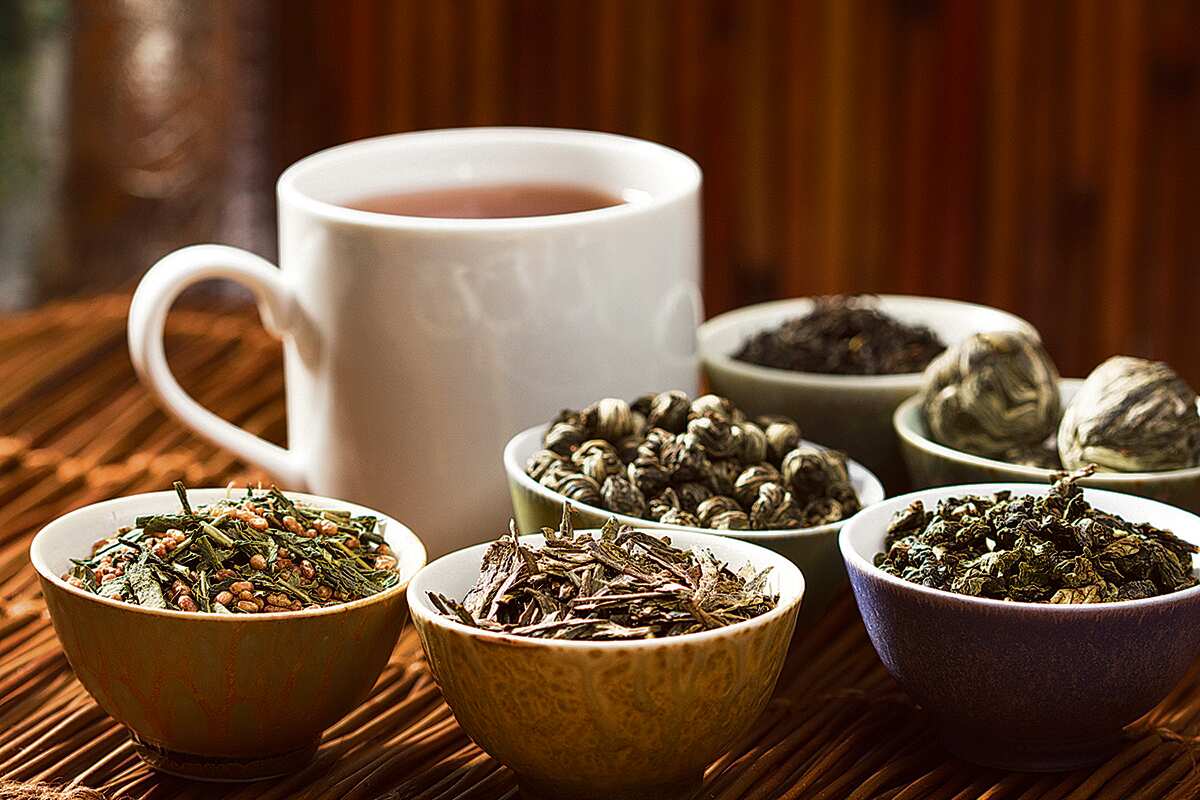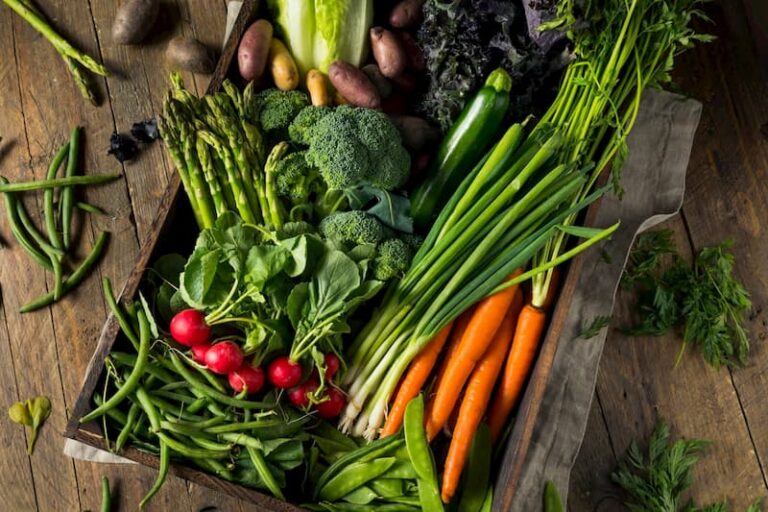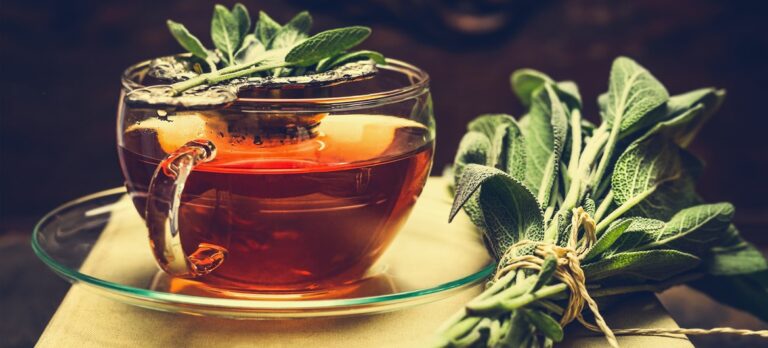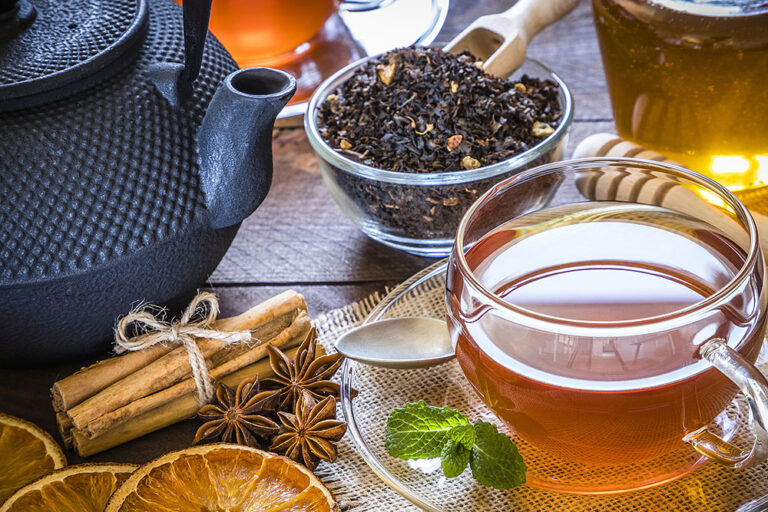Tea, a beverage enjoyed globally, offers a remarkable array of flavors, aromas, and health benefits. This exploration, “A World in a Cup: Exploring the Diverse and Delightful Types of Tea – From Verdant Greens to Robust Blacks, Discovering the Unique Flavors, Origins, and Health Benefits of Every Leaf,” will navigate the fascinating world of tea, highlighting the main categories, their origins, processing methods, and distinctive characteristics, allowing you to embark on a flavorful journey of discovery.
I. The Camellia Sinensis Spectrum: True Teas and Their Origins
All “true” teas derive from the Camellia sinensis plant, a shrub native to East Asia. The diversity of tea comes not from different plants, but from how the leaves are processed after harvesting.
- White Tea: The Delicate and Minimalist:
- Origin: Primarily from Fujian, China.
- Processing: Least processed, consisting of young buds and leaves that are simply withered and dried.
- Characteristics: Light, delicate flavor with subtle sweetness. High in antioxidants.
- Brewing: Lower water temperatures and shorter steeping times are recommended.
- Green Tea: The Verdant and Vibrant:
- Origin: Originated in China, now widely produced in Japan and other countries.
- Processing: Leaves are heated (steamed or pan-fired) to prevent oxidation, preserving their green color and antioxidants.
- Characteristics: Grassy, vegetal flavor with a slightly bitter or sweet aftertaste, depending on the variety.
- Brewing: Moderate water temperatures and short steeping times are crucial to avoid bitterness.
- Oolong Tea: The Complex and Aromatic:
- Origin: Primarily from Fujian, China, and Taiwan.
- Processing: Semi-oxidized, falling between green and black tea. The oxidation level varies, resulting in a wide range of flavors.
- Characteristics: Complex flavors ranging from floral and fruity to roasted and nutty.
- Brewing: Requires specific water temperatures and steeping times, depending on the oxidation level.
- Black Tea: The Robust and Bold:
- Origin: Originated in China, now widely produced in India, Sri Lanka, and Africa.
- Processing: Fully oxidized, resulting in dark leaves and a robust flavor.
- Characteristics: Strong, malty flavor with a rich, dark color.
- Brewing: Higher water temperatures and longer steeping times are recommended.
- Pu-erh Tea: The Aged and Earthy:
- Origin: Yunnan, China.
- Processing: Fermented tea, either naturally aged (raw or sheng) or artificially aged (ripe or shu).
- Characteristics: Earthy, musty flavor that develops with age.
- Brewing: Requires careful control of water temperature and steeping time.
II. Beyond Camellia Sinensis: Herbal Infusions and Tisanes
Herbal teas, or tisanes, are infusions made from herbs, spices, fruits, and flowers. They do not contain Camellia sinensis leaves and are naturally caffeine-free.
- Chamomile Tea: The Calming and Soothing:
- Origin: Europe and Western Asia.
- Characteristics: Floral, sweet flavor with calming and relaxing properties.
- Benefits: Often used to promote sleep and reduce anxiety.
- Peppermint Tea: The Refreshing and Digestive:
- Origin: Europe and the Middle East.
- Characteristics: Minty, refreshing flavor with digestive benefits.
- Benefits: Can relieve indigestion, nausea, and headaches.
- Ginger Tea: The Warming and Invigorating:
- Origin: Southeast Asia.
- Characteristics: Spicy, pungent flavor with warming and invigorating properties.
- Benefits: Can relieve nausea, improve circulation, and boost immunity.
- Rooibos Tea: The Red and Antioxidant-Rich:
- Origin: South Africa.
- Characteristics: Reddish-brown color with a naturally sweet, nutty flavor.
- Benefits: High in antioxidants and naturally caffeine-free.
- Hibiscus Tea: The Tart and Vibrant:
- Origin: Various regions, including Africa and Asia.
- Characteristics: Tart, cranberry-like flavor with a vibrant red color.
- Benefits: Rich in vitamin C and antioxidants.
III. The Art of Brewing: Tips for Optimal Flavor
- Water Temperature: Different teas require different water temperatures for optimal flavor extraction.
- Steeping Time: Over-steeping can lead to bitter tea, while under-steeping can result in weak flavor.
- Quality of Water: Use filtered or spring water for the best taste.
- Tea-to-Water Ratio: Follow the recommended tea-to-water ratio for your chosen tea.
- Experimentation: Don’t be afraid to experiment with different brewing methods and steeping times to find your perfect cup.
IV. The Tea Experience: A Journey of Discovery
Exploring the diverse world of tea is a journey of sensory delight and cultural immersion. Each type of tea offers a unique story, flavor profile, and set of health benefits. Whether you prefer the delicate elegance of white tea, the robust boldness of black tea, or the soothing comfort of herbal infusions, there’s a world of tea waiting to be discovered.





Hi, this is a comment.
To get started with moderating, editing, and deleting comments, please visit the Comments screen in the dashboard.
Commenter avatars come from Gravatar.